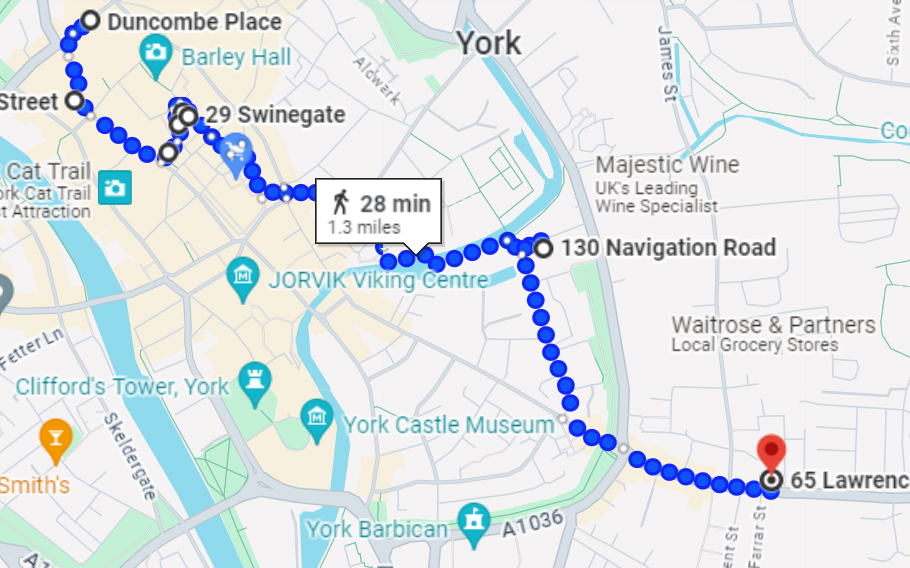Welcome to our Non-Commercial Signs Walking Tour!
This 45-minute tour will guide you through York’s hidden gems, showcasing ghost signs that once marked hospitals, nunneries, ambulance depots, and other non-commercial institutions.
Discover the fascinating stories behind these signs, revealing a side of York’s history dedicated to public service and community care.
The Route
Click here to follow the route on Google Maps.
1. Patient’s Entrance
Starting in the centre of town, head to 5 Duncombe Place. The grand red-brick building next to the Minster showcases our first non-commercial ghost sigs: ‘Patient’s Entrance’ is elaborately carved above the doorway of the side entrance.
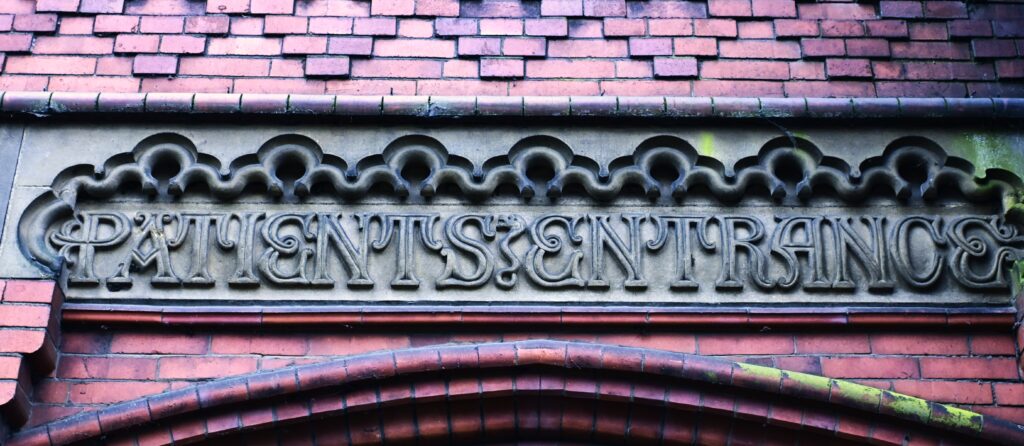
The York Dispensary, founded in 1788, provided free healthcare to the poor and conducted home visits. After relocating several times, it moved to a larger facility on Duncombe Place in 1899 due to increasing demand.
For more information on this sign, click here.
2. County Savings Bank
Turn the corner onto Blake Street and continue to walk down until you’re stood outside Lakeland.
Look up towards McDonald’s, and against the rooftops you can see ‘York County Savings Bank’ etched against brick.
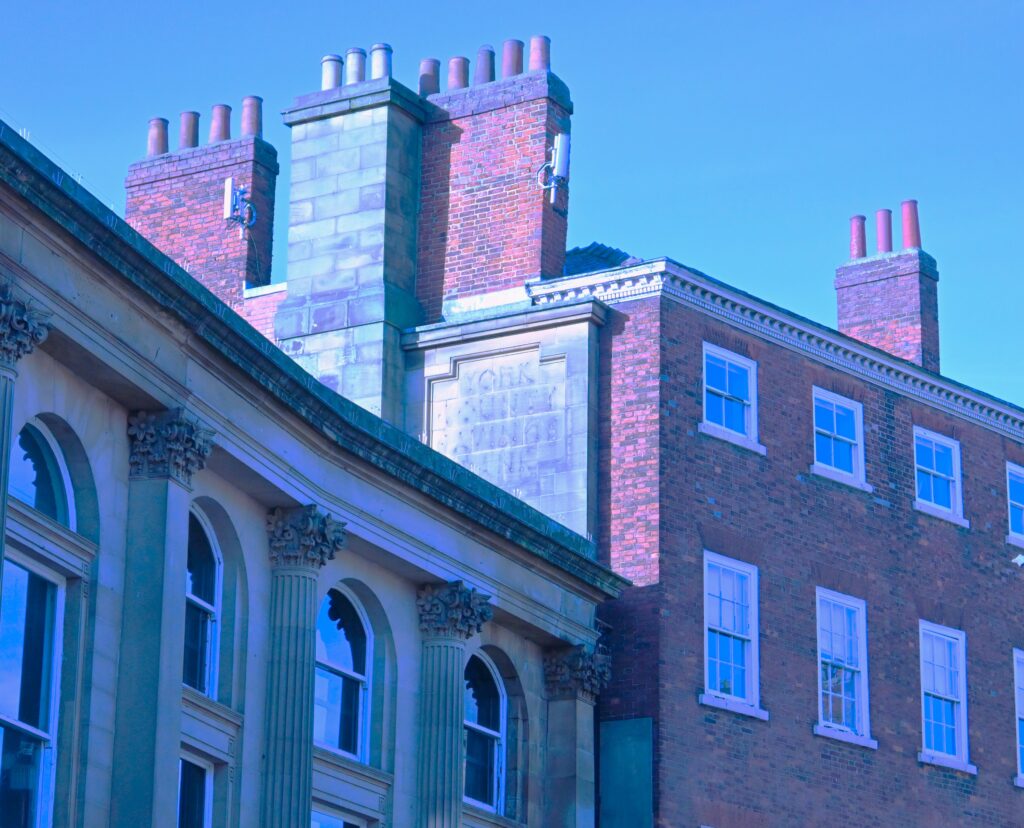
The York County Savings Bank was established in 1816. The bank took a significant step in 1829 when it purchased a large timber-framed house on St Helen’s Square – where the ghost sign now stands.
For more information on this sign, click here.
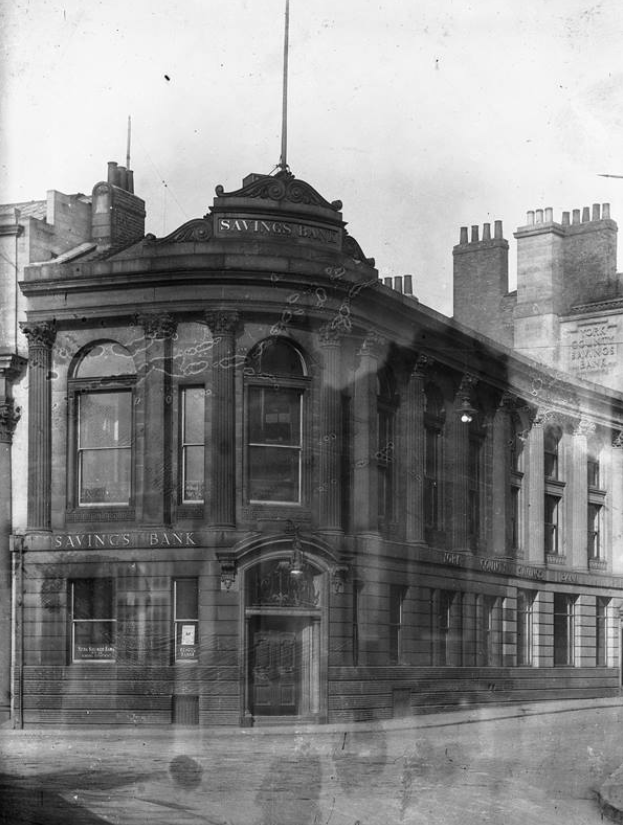
3. Three Cranes Passage
Continue walking down Davygate, and take a left at St Sampsons Square. Across the Square, you can see the Three Cranes Inn, and next to that a small snickleway.
Above the new street sign, you can see the faded old ghost sign declaring the alleyway’s old name.
This narrow alley connects Swinegate to St Sampson’s Square, which was once a busy market square known as Thursday Market. At one point, this lane served as a bustling route to the market.
For more information on this sign, click here.
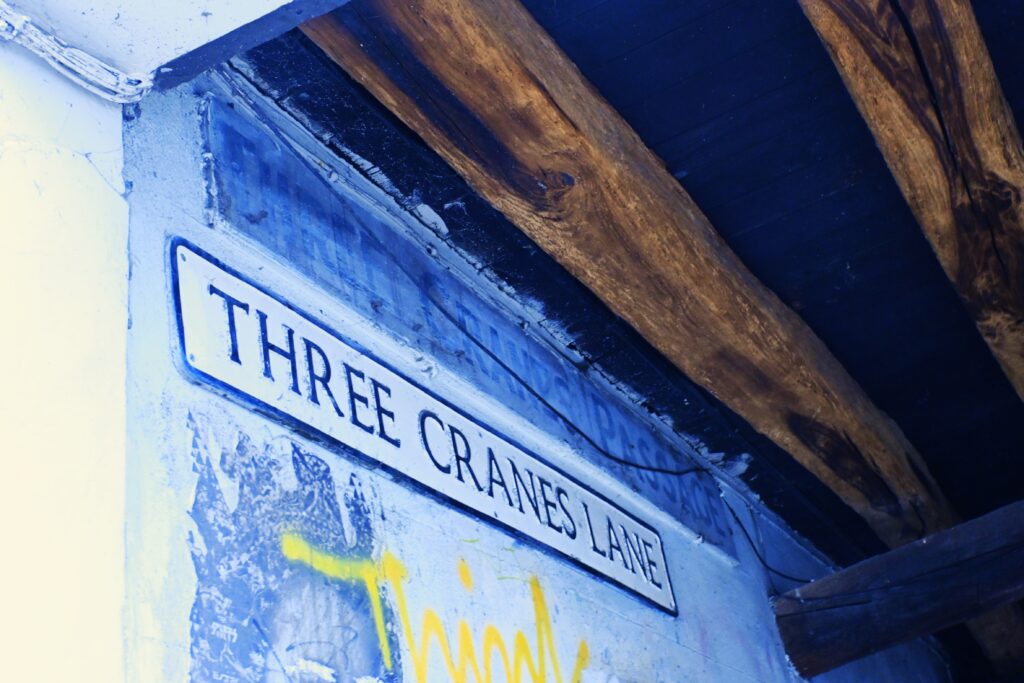
4. Lecture Hall and School
Turn left and walk up Finkle Street. Turn right onto Back Swinegate, and then another right onto Swinegate.
Immediately on your right is the stone carved ghost sign reading ‘Lecture Hall and School’ above Oscars.
This Lecture Hall and School served as part of the Central Mission Hall next door. Established in 1892, these buildings organised charitable events and educated the youth of York.
For more information on this sign, click here.
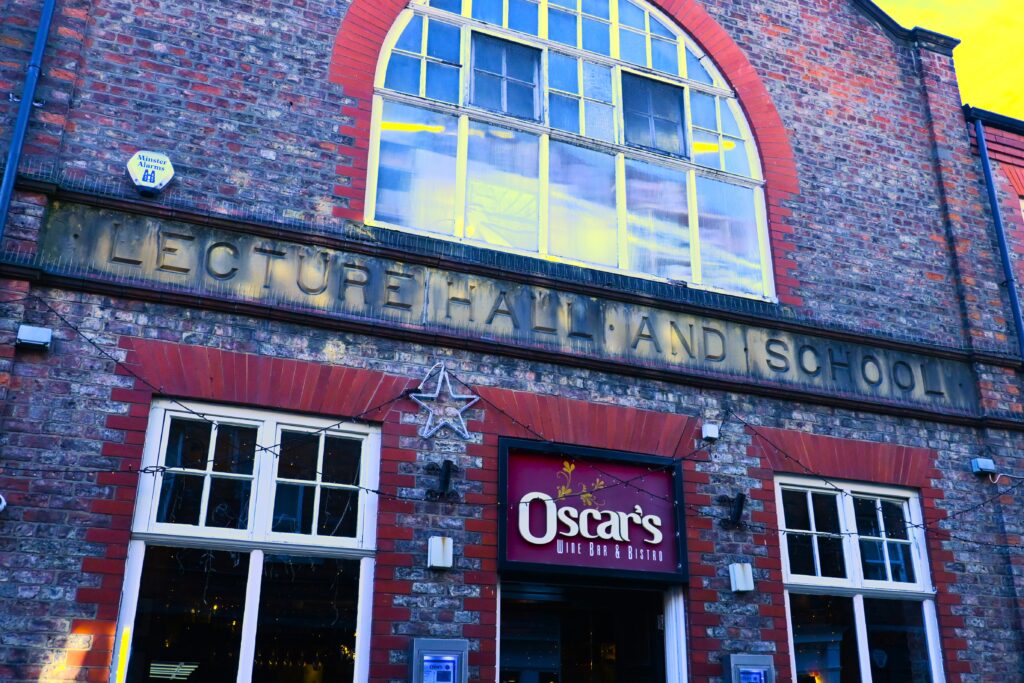
5. Central Mission Hall
Just next door at 29 Swinegate is the Central Mission Hall.
Active by 1892, it famously hosted a Christmas dinner for 1,000 impoverished children, with notable support from Sir Joseph Terry of Terry’s of York.
For more information on this sign, click here.
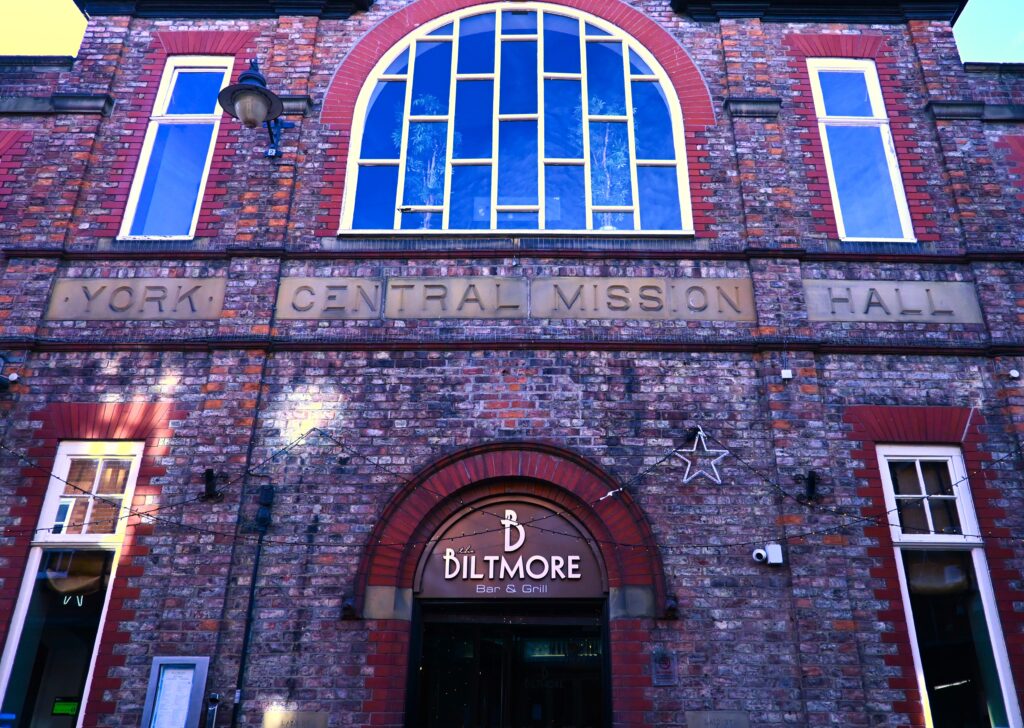
6. Ambulance Depot
Head out of town towards Stonebow. Walk down Stonebow for a minute or two, and take a right on Garden Place.
Cross the bridge and walk along the river for five minutes, then take a right onto Navigation Road. Just a minute down the road will reveal the large paint-on-brick ghost sign reading ‘LANCE’.
The sign once displayed “Ambulance” as this building served as the Ambulance depot during World War II. In the 1960s, demolition of part of the wall removed ‘AMBU’, leaving ‘LANCE’ visible.
For more information on this sign, click here.
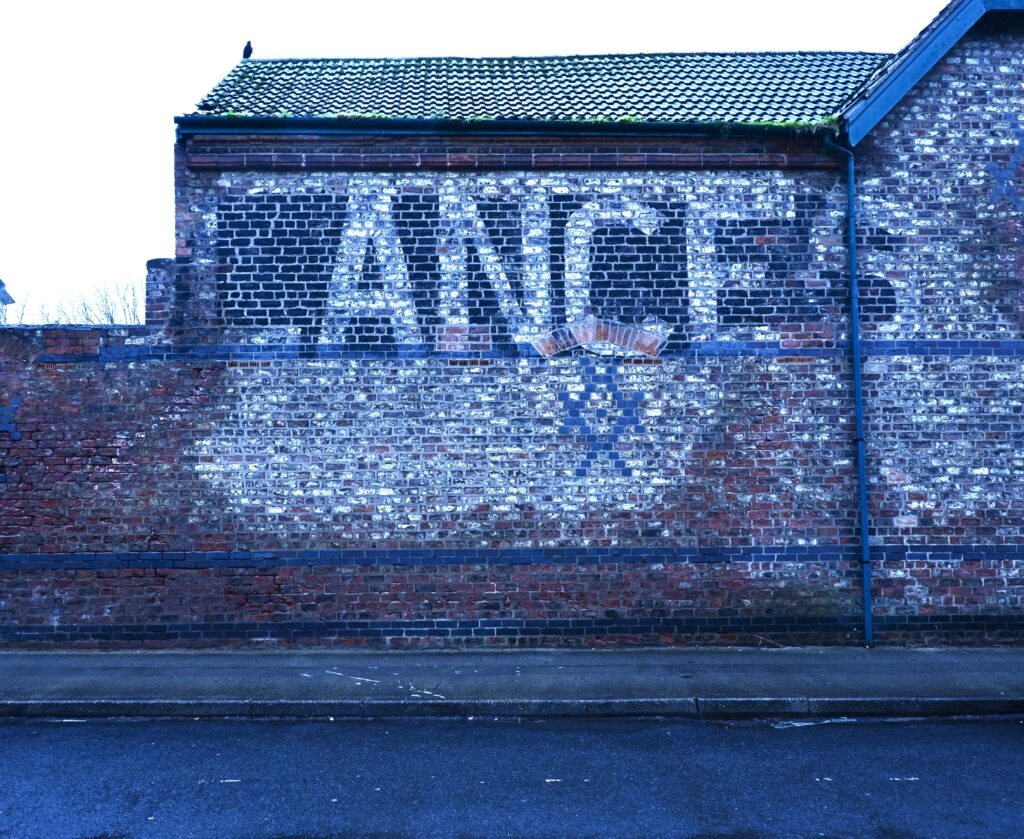
7. St Joseph’s Monastery
Walk further down Navigation Road and take a right onto James Street. Continue down James Street until you hit the main junction, and take a left onto Lawrence Street.
At 65 Lawrence Street you will see two large blue wooden doors, with a ghost sign nestled above them.
St. Joseph’s Convent on Lawrence Street, York, was established by the Poor Clare Colettines – a community of Franciscan nuns founded in 1865 by a group of sisters from Bruges.
For more information on this sign, click here.
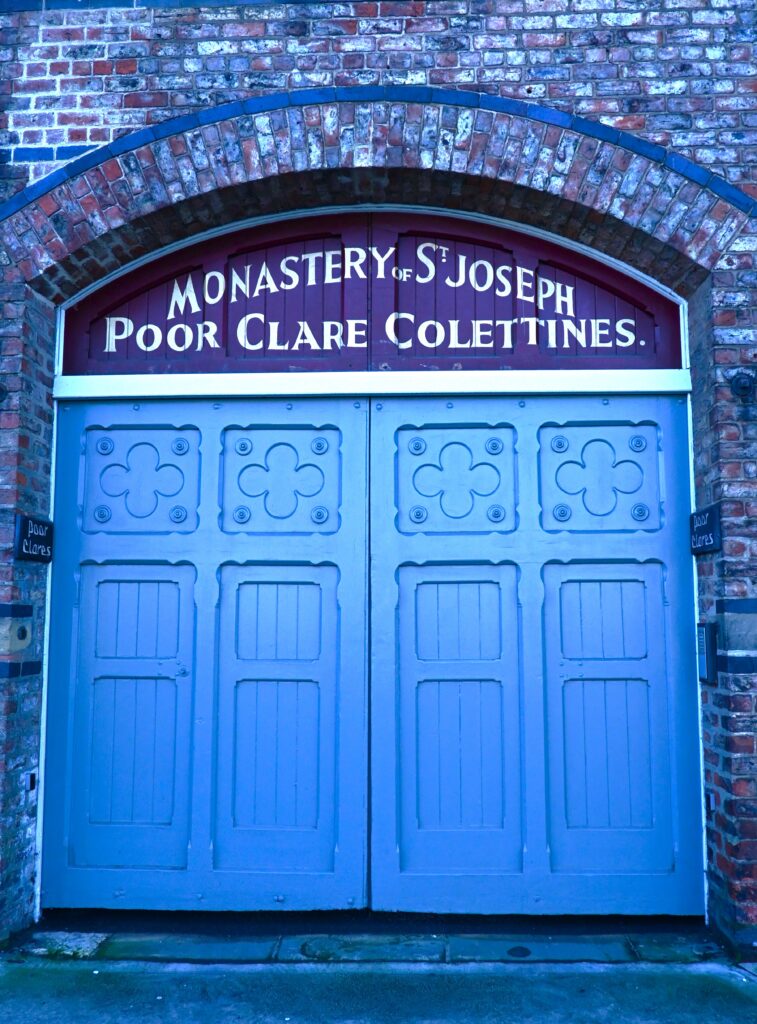
Got any thoughts or a story to share? We’re all ears—drop your comments below and join the conversation!

